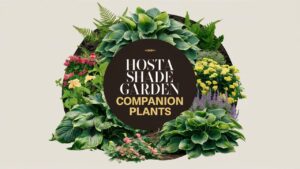Choosing the right perennials is key to ensuring your shade-covered spaces burst with life and color throughout the growing season. Here’s a closer look at some exquisite shade-loving perennials that thrive in Zone 7.
Bird-in-a-Bush

Bird-in-a-bush, also known as Heucherella, is a unique hybrid belonging to the Heuchera family. This perennial is characterized by its vibrant, multi-colored foliage that can vary from yellows and oranges to deep reds and purples. It flourishes in well-draining soil and partial to full shade, making it ideal for a shaded garden.
One of the standout features of Bird-in-a-Bush is its ability to adapt to different soil types, provided they are rich in organic matter. The airy sprays of bell-shaped flowers that emerge in late spring add an extra layer of visual interest. As an added bonus, this plant attracts pollinators such as bees and butterflies, bringing even more life to your garden.
Coral Bells
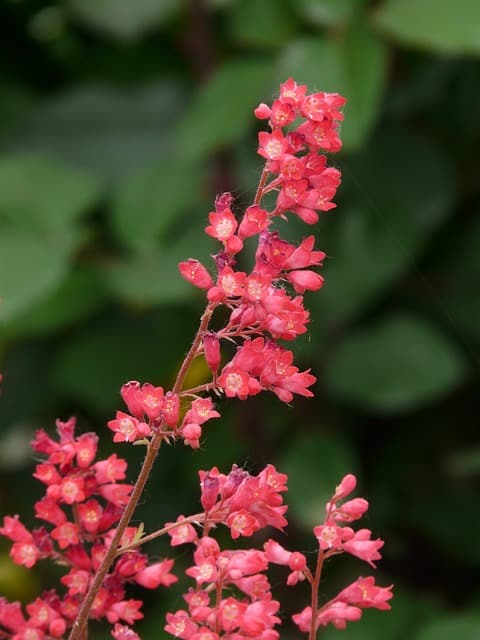
Coral bells (Heuchera) are treasured for their lush foliage and stunning flower spikes that bloom in early summer. These perennials are perfect for Zone 7 as they thrive in partial to full shade, flourishing when protected from the harshest midday sun. The leaves come in a multitude of colors, ranging from vibrant greens to rich purples and shades of silver, which can make them a stunning focal point in any garden.
Beyond their aesthetics, coral bells are also incredibly hardy. They cope well with a variety of soil conditions and can even tolerate some drought once established. The delicate flowers attract hummingbirds, making your shady retreat not just a visual delight but also a hub for wildlife.
False Goat’s Beard

False goat’s beard (Aruncus dioicus) is a striking perennial that brings a touch of elegance to shade gardens. This plant produces delicate, feathery plumes of creamy-white flowers in early summer, rising above its lush, dark green foliage. Ideally suited for moist, well-drained soils and partial to full shade, False Goat’s Beard is often used in woodland gardens, providing a stunning backdrop to other shade-loving plants.
What sets this plant apart is its ability to grow quite tall, reaching heights of up to 5 feet, making it an excellent choice for creating depth in your shade garden layers. Its overall appearance is both airy and substantial, harmonizing well with nearby ferns and other perennials. Additionally, False Goat’s Beard is a great choice for attracting butterflies, enhancing the ecosystem of your garden.
Fern-Leaf Bleeding Heart
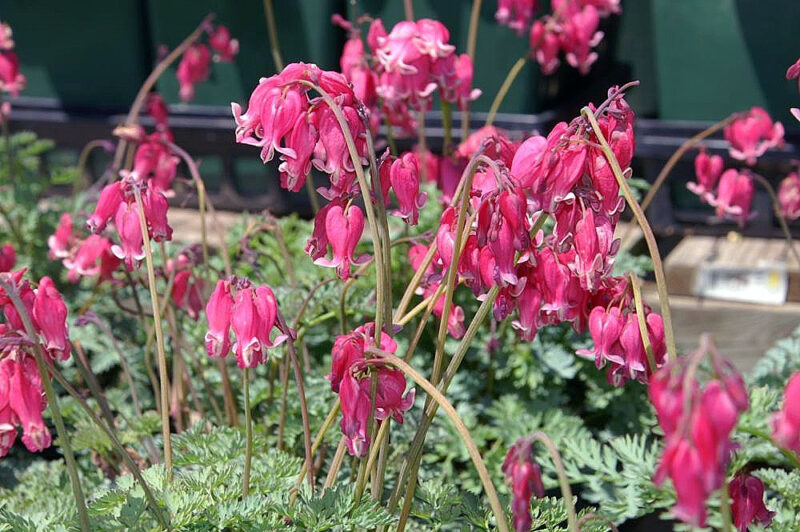
The Fern-Leaf Bleeding Heart (Dicentra eximia) captivates gardeners with its unique, fern-like leaves and charming heart-shaped flowers. This perennial is a true shade lover, thriving in cool, moist environments typical of wooded areas. Found ideally in humus-rich soil, this gem blooms in late spring to early summer, producing exquisite pink or white flowers that dangle gracefully from arching stems.
Beyond its visual appeal, the fern-like foliage offers an interesting textural contrast against traditional broad-leaved plants. Fern-Leaf Bleeding Heart is also appreciated for its long blooming period and self-seeding nature, which can lead to delightful surprise additions in the garden over the years.
Foxglove
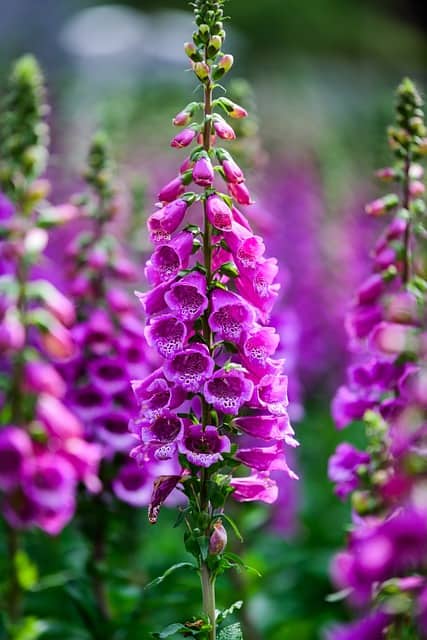
Monkshood or Digitalis purpurea, commonly known as Foxglove, is a tall flowering perennial that thrives remarkably well in shaded areas of Zone 7. The enchanting tubular flowers—often in shades of purple, pink, or white—produce a stunning vertical accent in your garden. As biennials or short-lived perennials, they typically bloom their second year but can self-seed, allowing for a cycle of blooms through the seasons.
Foxglove prefers moist, well-drained soil, and while it enjoys partial shade, it can also tolerate full shade. This hardy perennial is not only beautiful but also functional; its nectar-rich flowers make it a favorite for bees and hummingbirds, adding a layer of biodiversity to your shaded landscape.
Hellebore
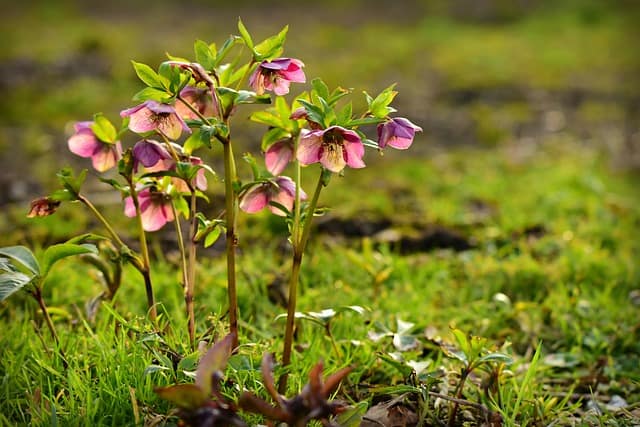
Hellebores are often heralded as one of the first flowers to emerge in spring, as their blooms can even puncture through snow. These elegant perennials offer a fabulous array of colors, from soft pastels to deep jewel tones, and they thrive in partial to full shade, making them a staple for any shade garden in Zone 7.
The foliage is equally captivating—evergreen, leathery leaves that stand out even when the flowers are not in bloom. Hellebores are exceptionally low-maintenance, requiring little beyond well-draining soil and some organic mulch. Additionally, they are deer-resistant, making them an excellent choice for gardeners concerned about wildlife nibbling on their creations.
Hostas
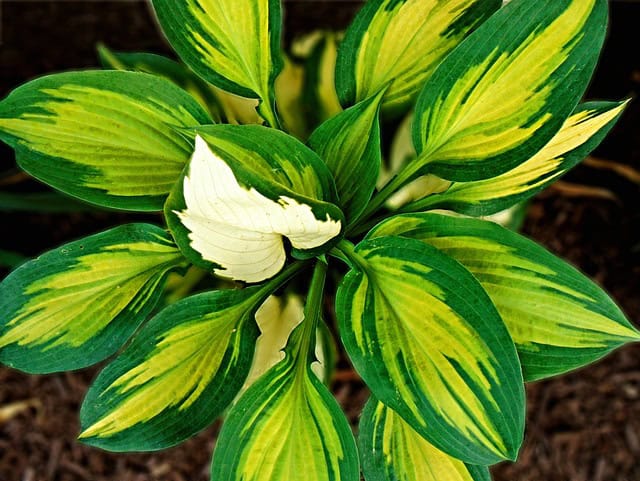
Nothing says “shade garden” quite like hostas. These versatile perennials come in a staggering variety of sizes, shapes, and colors, from deep blues to vibrant greens adorned with creamy edges. Hostas are virtually the quintessential shade plant for Zone 7, thriving in areas that receive dappled sunlight or light shade.
With their wide range of variations, hostas can fit well into any landscape design. They also create a lush carpet of foliage that can aid in weed suppression when grown densely. Depending on the variety, hostas can produce stunning flower spikes in summer, usually in shades of lavender or white, attracting hummingbirds and pollinators.
Hydrangea

Hydrangeas are one of the most beloved shrubs among gardeners, and for good reason. Many varieties thrive in partial shade to full shade—a perfect match for your Zone 7 garden. The lush foliage and large clusters of flowers can bring dramatic color and texture to your shaded areas.
Among the most popular are the mophead and lacecap varieties, which can display colors ranging from pink to blue, depending on the soil pH. These hardy shrubs prefer consistently moist, well-draining soil. Hydrangeas not only add aesthetic value but also serve as a focal point, providing a burst of color during the summer months and serving as winter interest once the blooms fade.
Japanese Anemone
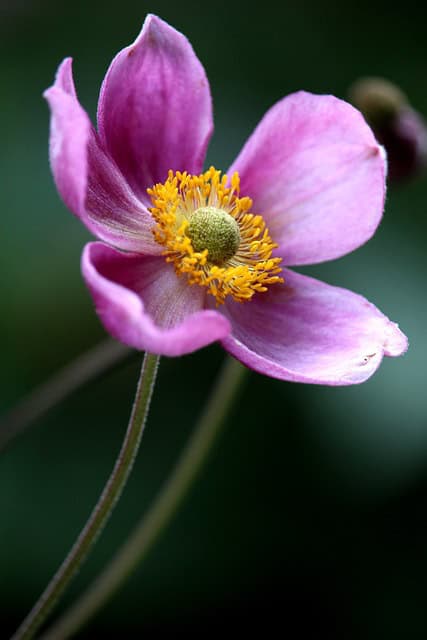
The Japanese Anemone (Anemone hupehensis) is a delightful perennial that thrives in shady spaces, blooming in late summer to fall when many other plants are winding down. With its graceful, airy flowers on slender stems, it provides a beautiful transition into autumn with shades of white, pink, or purple blooms.
Japanese Anemones do well in moist, well-drained soils and can tolerate varying light conditions, though they flourish best in part shade. Their ability to naturalize makes them a perfect choice for creating soft, flowing patches in a woodland setting. Additionally, they attract butterflies, making your garden even more vibrant and lively.
Japanese Painted Fern
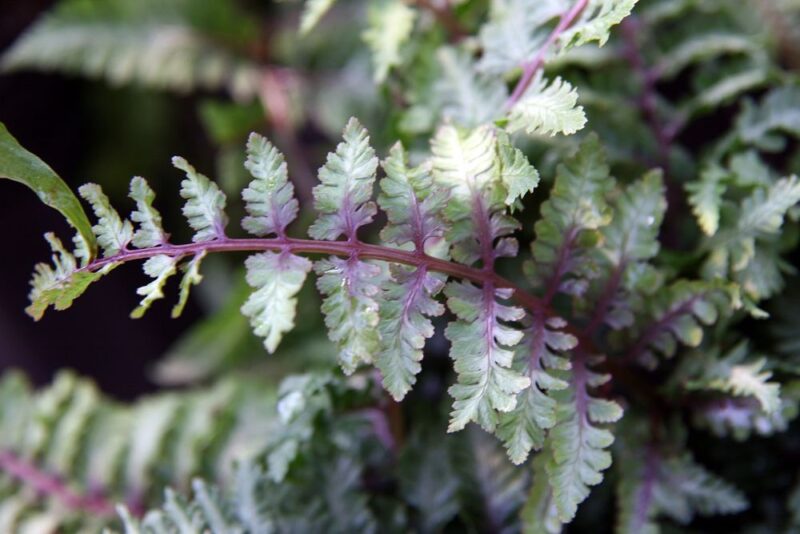
For gardeners looking to add unique texture and color to their shade gardens, the Japanese Painted Fern (Athyrium niponicum) is a must-have. Its striking silver and green fronds have a beautiful iridescent quality, adding visual interest even in the shadiest corners of your yard.
This perennial thrives in moist, well-draining soil and does well in both full and partial shade. The Japanese Painted Fern is relatively low-maintenance, only requiring careful watering during dry spells. Its delicate fronds lend an air of grace to the garden, making it an excellent companion for hostas and other shade-loving plants.
Leopard Plant
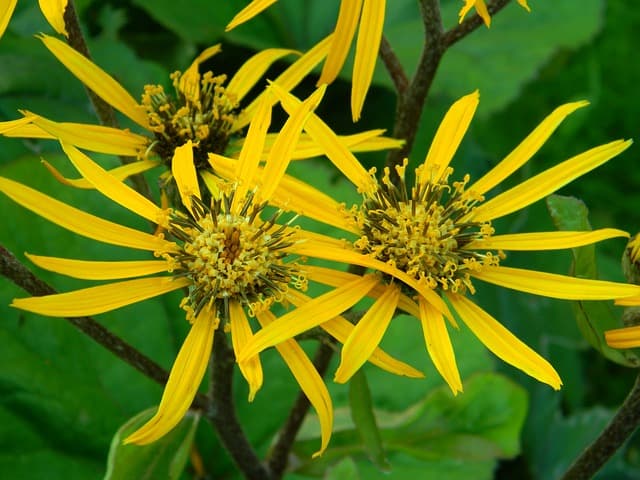
Leopard Plant (Farfugium japonicum) is a stunning perennial with glossy, large leaves that often feature intriguing spots, resembling a leopard’s coat. This plant is not just visually appealing; it’s also robust, thriving in moist soils in partial shade, making it an ideal choice for Zone 7 gardens.
In late summer to early fall, it bursts forth with clusters of small, bright yellow flowers, attracting bees and butterflies to your garden. Leopard Plants also work beautifully as focal points, especially towards the foot of larger plants like ferns or hostas, bringing a unique texture to your landscape.
Lungwort

Lungwort (Pulmonaria) is a captivating perennial that thrives in rich, moist soil and dappled shade. Known for its speckled foliage that can range from silver to green, this plant produces clusters of blue, pink, or white flowers in early spring. It’s one of the first perennials to bloom, adding a burst of color to your garden when very few other plants are flowering.
Lungwort is excellent for ground cover and can help retain moisture in your garden. It’s also a favorite among pollinators, making it an excellent addition to a wildlife-friendly shade garden. As an added benefit, the leaves of the Lungwort provide important habitats for beneficial insects.
Alpenrose
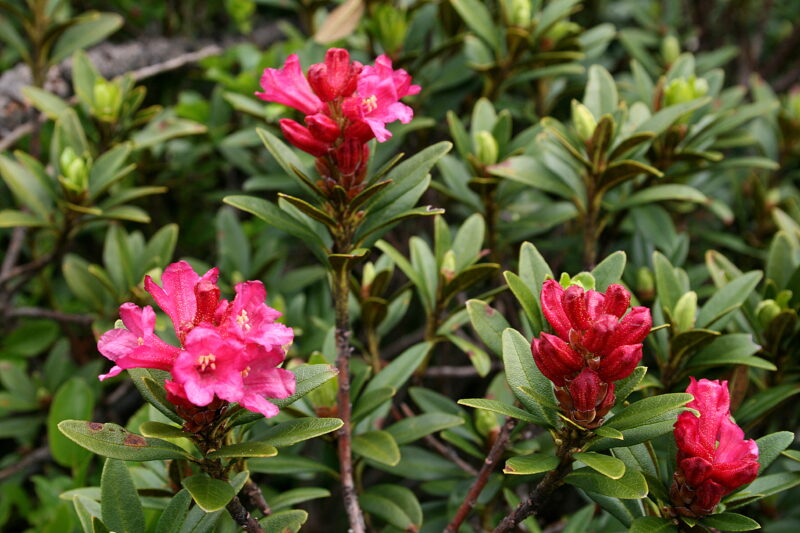
Alpenrose (Rhododendron ferrugineum) is a breathtaking option for shaded areas, showcasing vibrant pink or purple blooms in spring. These hardy evergreen shrubs are well-suited for cooler, shaded environments—a perfect fit for Zone 7 gardens.
Alpenrose prefers acidic, well-drained soils and thrives in part shade. Their compact growth makes them a great choice for more organized garden layouts, and their evergreen nature ensures that they contribute to the landscape year-round, even when other plants are dormant in winter.
Siberian Bugloss
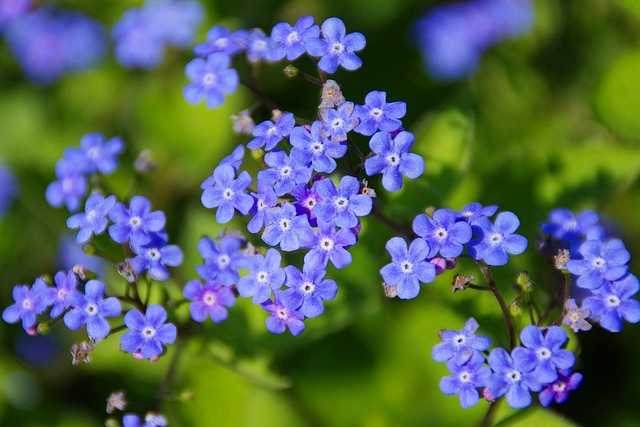
Siberian Bugloss (Brunnera macrophylla), commonly known as False Forget-Me-Not, is an eye-catching perennial that performs beautifully in the shade. Its large, heart-shaped leaves provide a lush backdrop, while the enchanting tiny blue flowers emerge in spring, resembling those of true forget-me-nots.
This hardy perennial can adapt to various soil conditions, though it thrives in consistently moist environments. Siberian Bugloss is a champion for ground cover in shaded areas, smothering weeds while adding a touch of whimsy with its delicate blooms.
Spiderwort
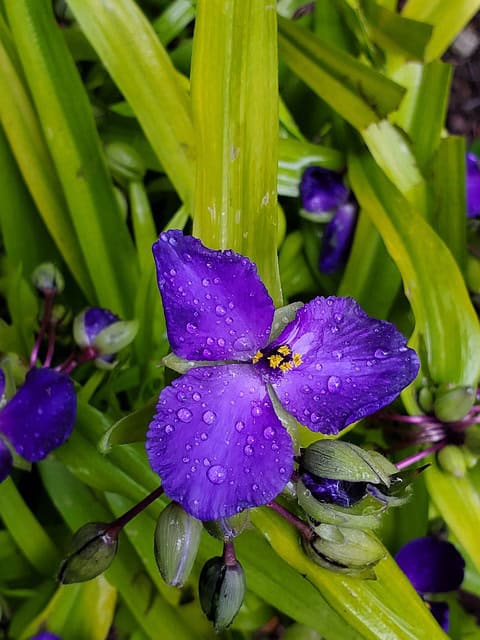
Spiderwort (Tradescantia) is a charming perennial that thrives in a range of lighting conditions, including partial shade. Its unique, strappy leaves and clusters of blue, purple, or white flowers create an alluring tapestry in your garden throughout late spring and into summer.
This adaptable plant prefers well-draining soil and benefits from occasional moisture, especially in drier spells. Spiderwort is known for its ease of care and ability to flourish in a variety of settings, making it a great option for busy gardeners looking for lower-maintenance options.
Toad Lily
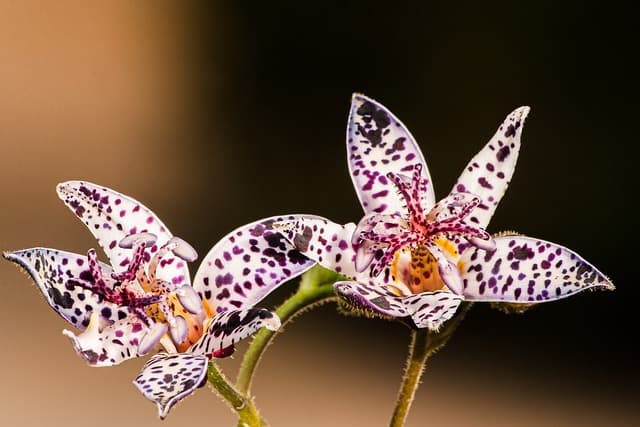
The Toad Lily (Tricyrtis) is a truly unique addition to any shade garden, boasting intricate, orchid-like flowers that bloom in late summer to early fall. Its unusual appearance and variegated foliage add character and interest, helping to enliven shadier spots in your yard.
Preferring moist, organic soil and partial shade, Toad Lilies are hardy perennials that require little maintenance once established. They’re also excellent at naturalizing, growing into lovely clusters over the years. Adding Toad Lilies provides a surprise for garden visitors, as their blooms are often unexpected and delightful.
Virginia Sweetspire
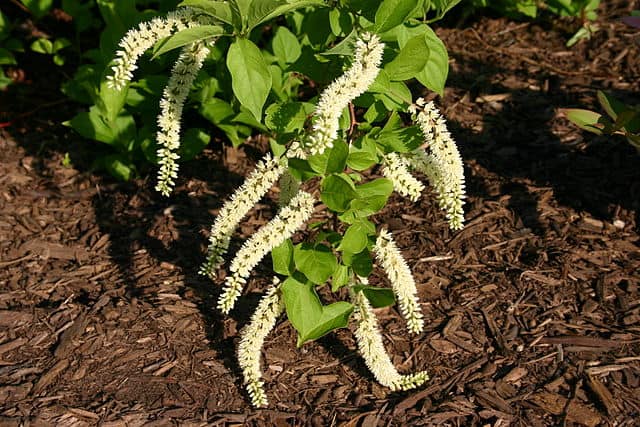
Virginia Sweetspire (Itea virginica) is an adaptable shrub that flourishes in moist, well-drained soils, thriving in full or partial shade. Known for its stunning, fragrant white flowers in late spring to early summer, this plant is not only visually appealing but also attracts pollinators, creating a lively atmosphere in your garden.
Beyond its flowering season, Virginia Sweetspire boasts lovely foliage that turns a radiant red or orange in the fall, ensuring seasonal interest throughout the year. This adaptable perennial can also handle wet conditions, making it a perfect addition to those shadier, moisture-rich areas.
Winter Begonia
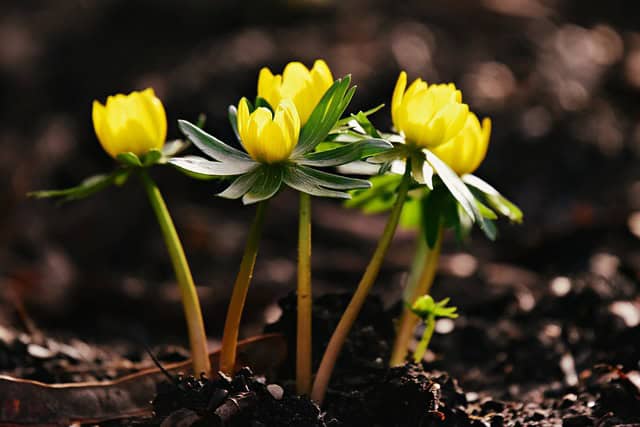
Winter Begonia (Begonia erythrophylla), commonly known as Rhizomatous Begonia, is an exquisite plant that showcases large, striking leaves with a captivating texture. Ideal for container gardening or as a ground cover in shade, this perennial thrives in partial shade and well-drained, rich soil.
What makes this begonia stand out is its resilience, as it can flower even in the chilling months of late fall or early winter. The charming red or pink flowers add an unexpected pop of color in an otherwise dormant garden, extending the visual interest into the cooler months.
Woodland Stonecrop
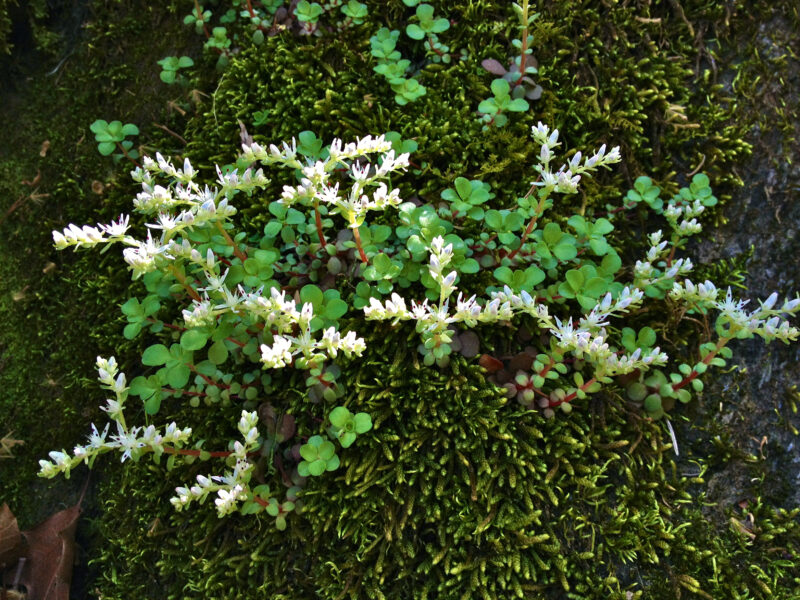
Woodland Stonecrop (Sedum ternatum) is an invaluable addition for those seeking low-growing ground cover in shaded areas. This perennial thrives in well-drained soil and various light conditions, performing wonderfully even in full shade. Its succulent leaves are complemented by lovely clusters of small yellow flowers that bloom in late spring.
This hardy sedum is exceptionally low-maintenance, thriving in less-than-ideal soil and showcasing excellent drought resistance once established. Its ability to spread makes it an effective choice for suppressing weeds and covering bare soil, creating a rich tapestry of green in your shaded space.




